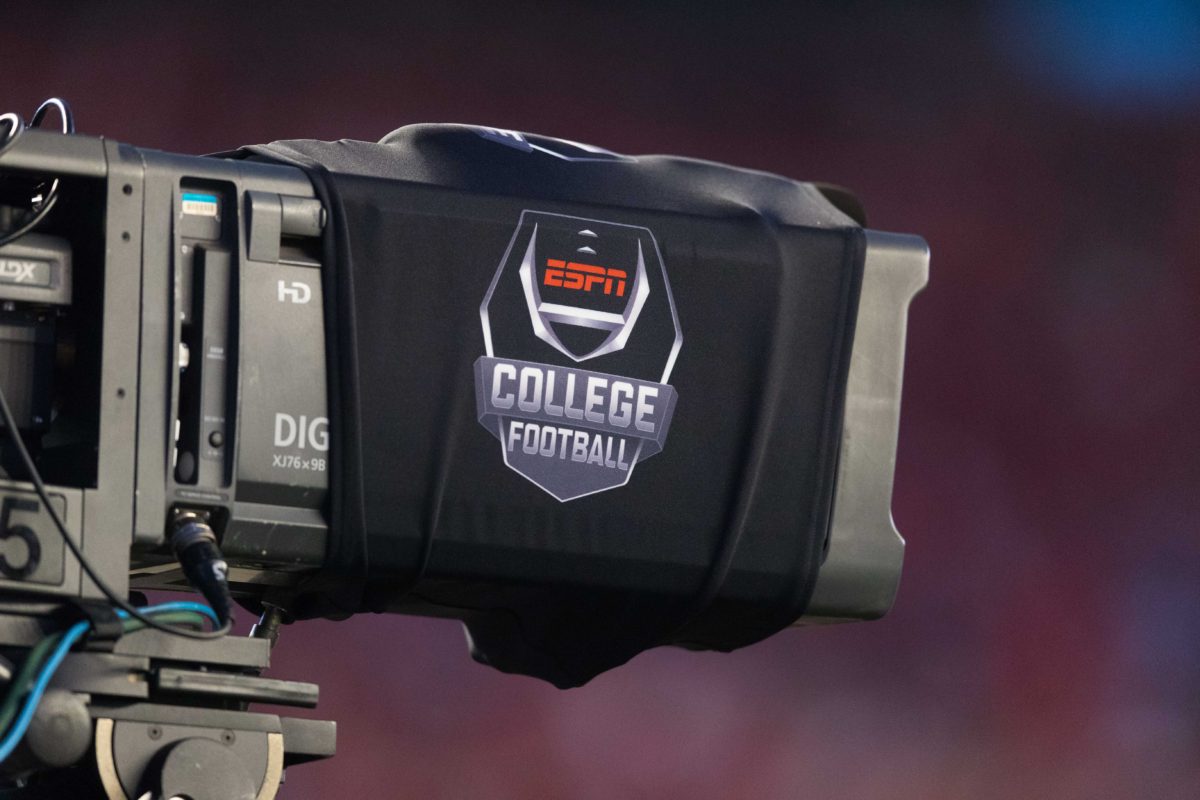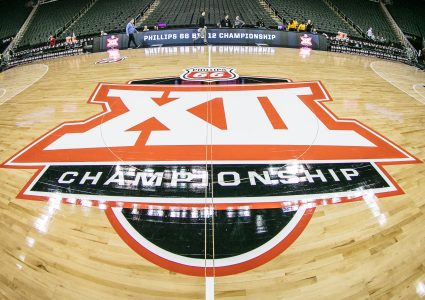Aug 31, 2018; Madison, WI, USA; ESPN College Football logo on a tv camera prior to the game between the Western Kentucky Hilltoppers and Wisconsin Badgers at Camp Randall Stadium. Mandatory Credit: Jeff Hanisch-USA TODAY Sports
I was asked to provide a simple opinion and explanation of the implications derived from the cease and desist letter sent by the Big 12 Conference to ESPN (the “CD” hereinafter).
Being an attorney, I have penned these letters as a common component of a legal strategy involving litigation as the ultimate outcome. It is a step aimed at freezing further harmful action, galvanizing positions for potential settlement negotiations, and satisfying notice requirements that may be required as a prerequisite for the filing of a lawsuit.
The substance of the CD indicates that the Big 12 has evidence that ESPN has, with intent, acted in a manner consistent with harming (it is safe to say seeking the dissolution of) the Big 12 Conference and that ESPN has sought to induce a further breach of certain contracts by conferences other than the SEC. In addition, the CD indicates that the Big 12 believes it will be able to establish that ESPN was involved in inducing the actions of Texas and Oklahoma in seeking to leave the Big 12 prior to the expiration of their current contractual obligations.
The Big 12 specifically references the violated clauses of the contract which would support a claim based on breach of contract. In the alternative, or more likely, in the primary, the Big 12 is positioning a suit based on tortious interference with contract (intentional interference with contractual relations) for which a calculation of damages would include not only contractual damages calculated by the contract value itself but may also (though not certainly) include damages derived from the tortious act including opportunity costs and potential derivative damages incurred by the Big 12 and its member institutions.
To succeed in a claim for tortious interference a claimant must prove four elements: 1) that a valid contract existed; 2) that a defendant had knowledge of the contract; 3) that a defendant acted intentionally and improperly; 4) that the plaintiff was injured by the defendant’s actions. United Truck Leasing Corp. v. Geltman, 406 Mass. 811, 812, 551 N.E. 2d 20 n. 6 (Mass. 1990).
The effect of the letter should be to freeze all current behind-the-scenes discussions between ESPN and institutions and conferences regarding realignment and potential telecast contractual rights and values. I believe both the Big 12 and the member institutions have legal redress in a suit of this nature against ESPN, the offending institutions, and possibly the SEC. Though public statements have been carefully worded to avoid providing “smoking gun” evidence, the CD indicates that there is an active search for evidence that would lend itself to a case based on breach of contract and tortious interference.
The expected outcome in many similarly situated legal claims is that the parties now enter into negotiations to determine if a suitable financial outcome can be reached for both the aggrieved party and the bad actor. However, should the bad actor continue to act in an injurious manner, then litigation will likely be initiated which would include a claim for immediate issuance of an injunction against any of the alleged behavior pending the outcome of the underlying case.
I would expect any lawsuit where the parties are unwilling to settle to take in the range of 3 to 4 years to conclude with the certainty of appeals to the highest level thereafter. The implication is a freezing effect on new telecast contracts and conference realignment with all current agreements being extended by necessity via court order pending the outcome of the case.
The alleged actions and indication in the CD that evidence of actionable behavior has already been gathered give substance to posturing and leverage to the Big 12. The purpose of the strategy and the use of the leverage is pure speculation, but one can safely derive that the Big 12 has a case and that we, as fans, face a future where the governing body of collegiate athletics wear robes instead of logoed visors.





